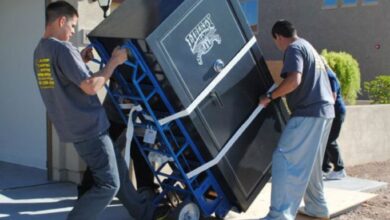What Are The Two Basic Styles Of Firearm Actions? All About Firearms And How To Maintain Them
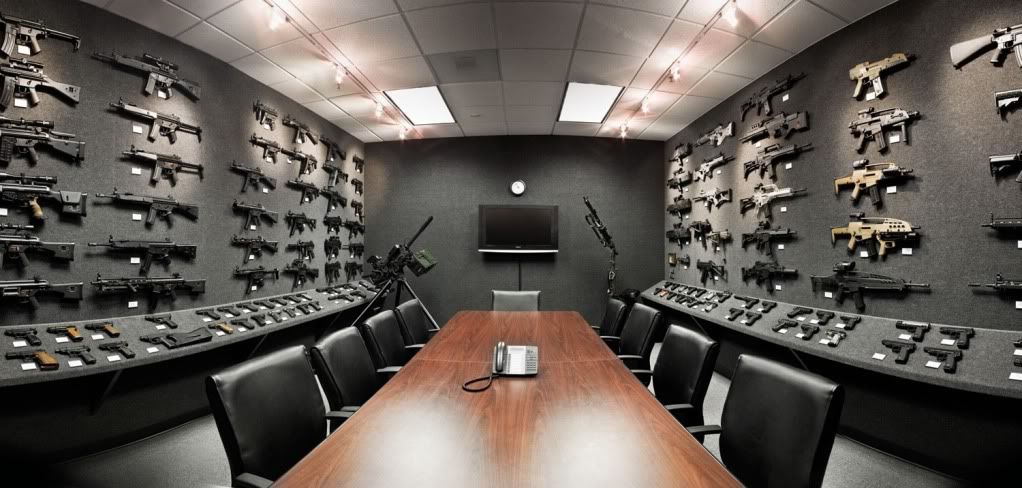
Firearms have been part of our lives for centuries. They have been used for personal protection, law enforcement, hunting, sport and war. Firearms are available in different shapes, sizes, materials and actions. It is necessary to understand them thoroughly for safe and effective use. For those who are wondering what are the two basic styles of firearm actions? Here’s a detailed revelation of the basic types of firearm actions along with many other facts about firearms.
2 Basic Styles Of Firearm Actions Explained
Every firearm uses a specific type of action. This is the part that loads ammunition, fires it and ejects the cartridge. There are two basic styles of firearm actions. They include single-shot action and repeating action. Within these two main categories of firearm action, there are numerous others. Under the single-shot category, firearms are further categorized into lever action, pump action, bolt action and semi-automatic action. Interestingly, the semi-automatic action does not require any manual operation between rounds. Under the repeating action category, the machine gun reigns supreme because it is the only true repeating action firearm.
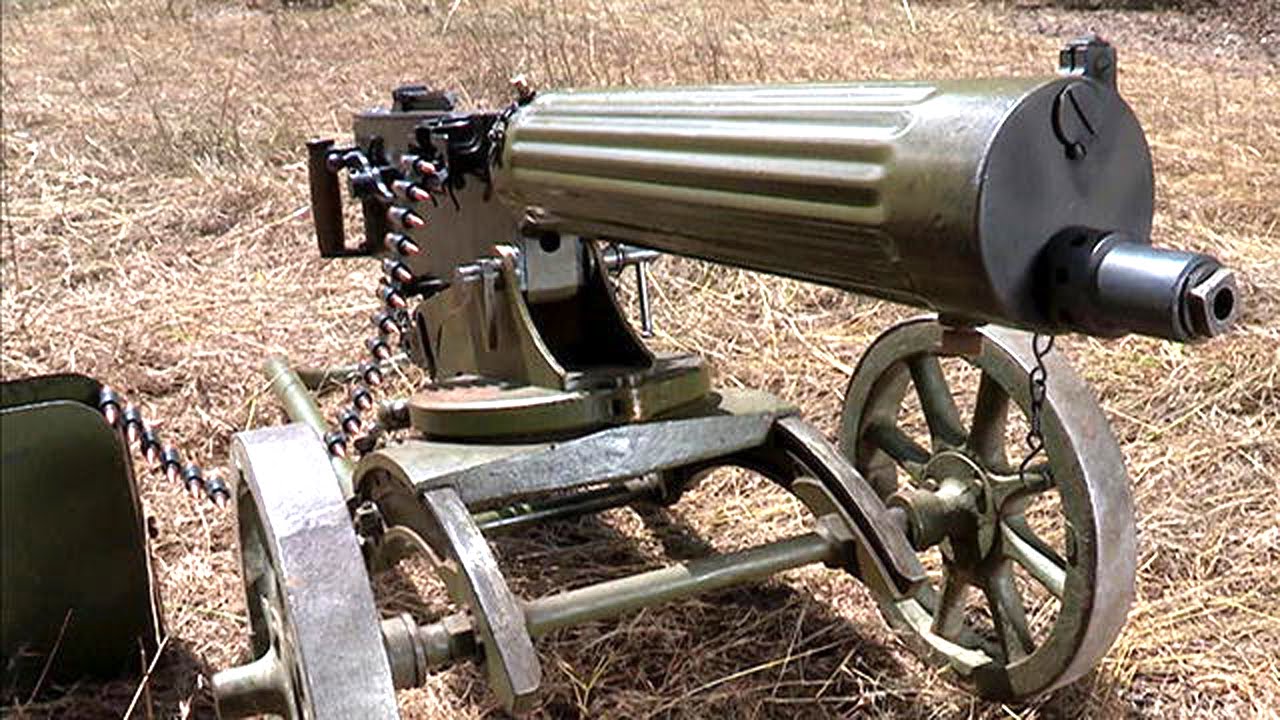
Maxim machine gun
The first one was the Maxim Machine Gun which was invented in 1884 by Hiram Maxim. The machine gun went on to be manufactured by the Vickers Company. It could fire 600 rounds of .303 British bullets per minute and was used by the world powers during World War 1.
Firearm Actions Related Terminologies
A firm grasp of firearm parts and terminologies of usage is required for safe and effective usage. They include:
Barrel
Every firearm has a barrel. This is the metal tube through which the bullet flies after firing. A barrel can range in length from short, medium to long.
Bore
The inner part of the barrel is known as the bore. It can be smooth or engraved with ridges that follow a specific pattern. When a firearm has some engraving on its bore, this firearm is described as having rifling. If it does not have any rifling, it is described as being a smoothbore firearm. Notably, rifling is done in a spiral pattern. This forces the bullet to spin as it travels through the barrel to maximize accuracy.
Lands and grooves
During the process of adding rifling to the barrel of a firearm, spiral incisions are cut into the metal. They are known as grooves. Along with this, the sections of the barrel that are left uncut are known as lands. As a result, the rifling is made up of a combination of lands and grooves.
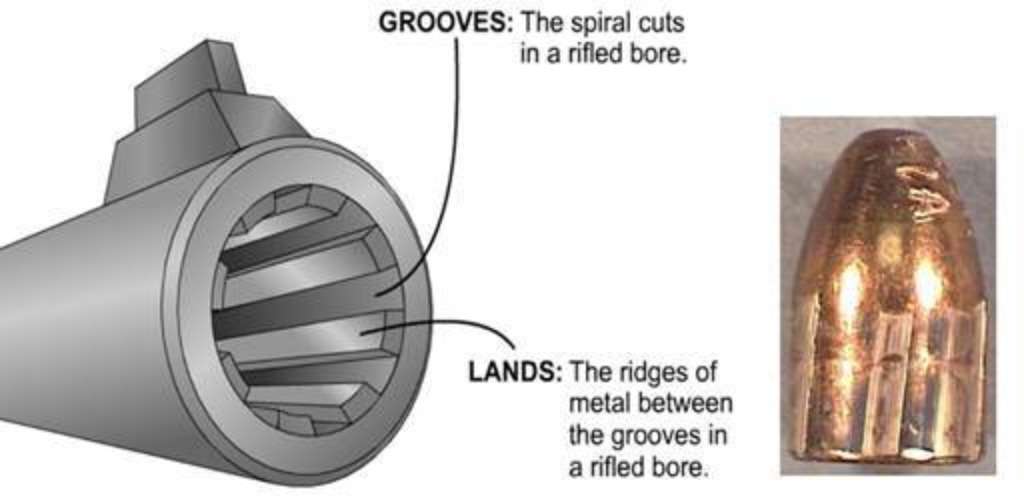
Lands and grooves
Breech
Breech is a part of the barrel that is attached to the action.
Bullet
Upon activation, a firearm releases a projectile through the barrel towards the target. This projectile is known as a bullet. There are different types of bullets and they are categorized according to their shapes and materials.
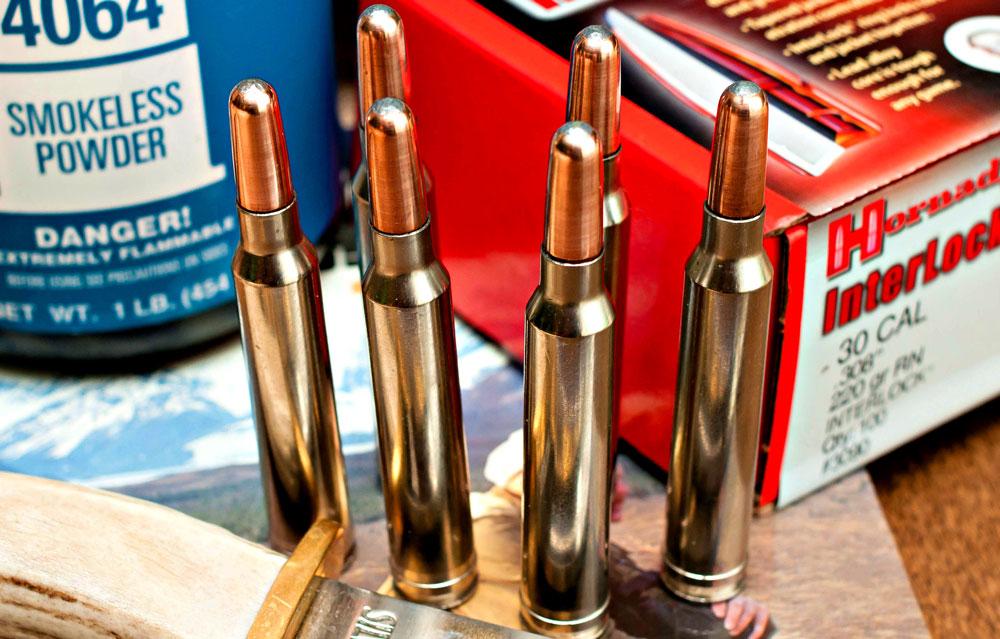
Round-nose bullets
Round-nose bullet
It is characterized by a blunted end. The Hollow-point bullet is characterized by a central cavity in its nose. This part is not covered by any metal jacket. As a result, the Hollow-point bullet creates expansion after impact upon the target and increases the amount of damage.
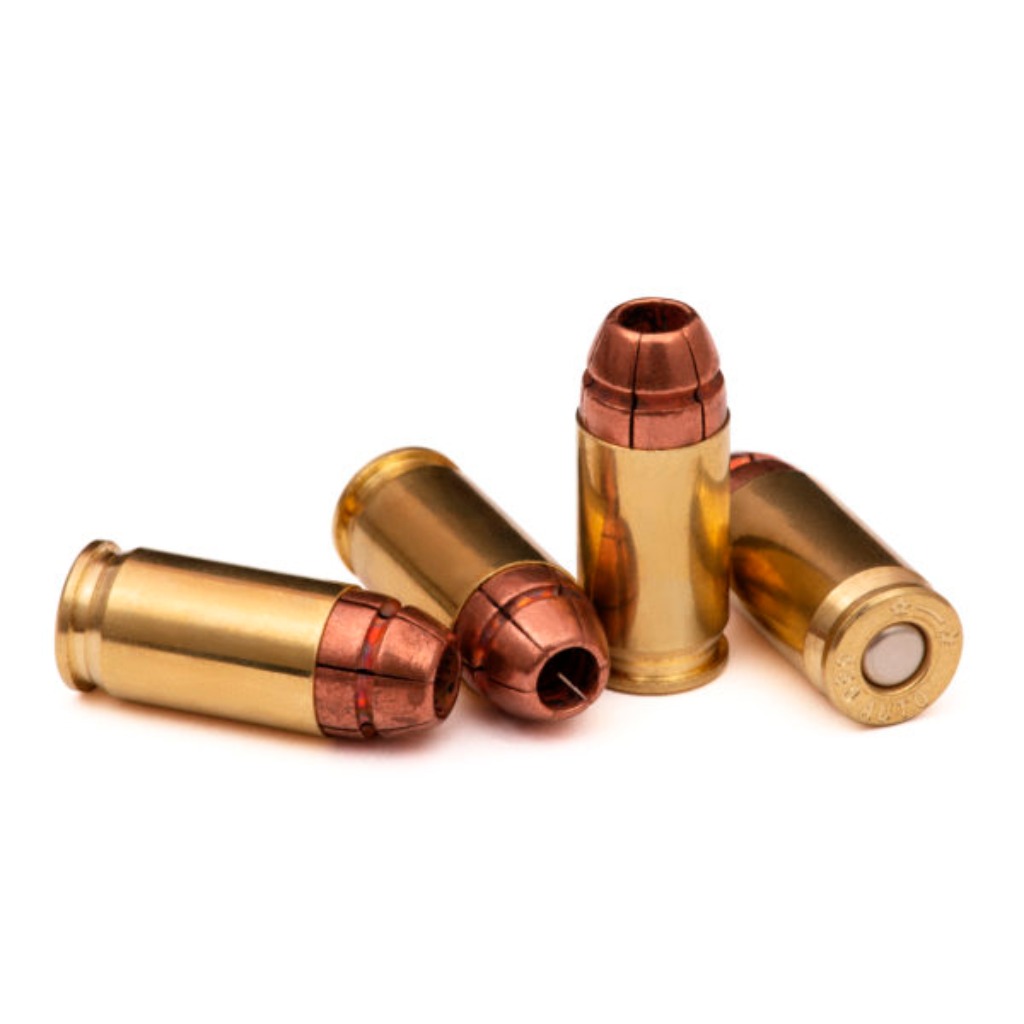
Hollow-point bullets
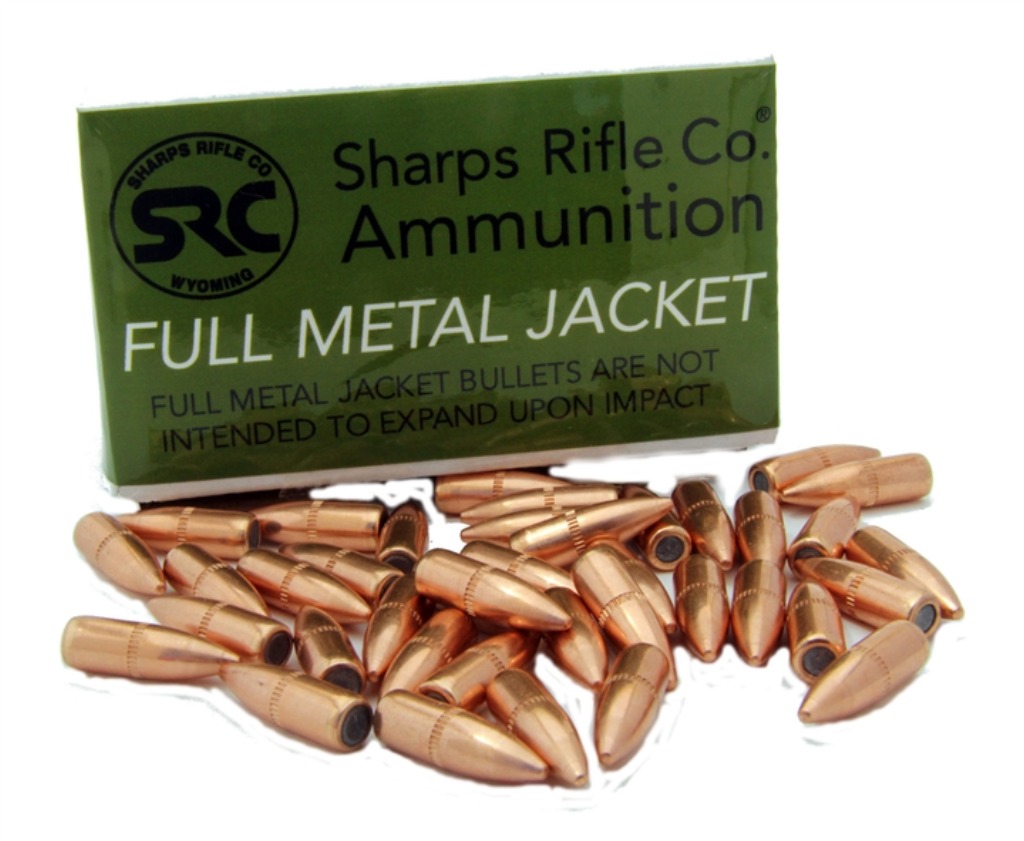
Full Metal Jacket (FMJ) bullets
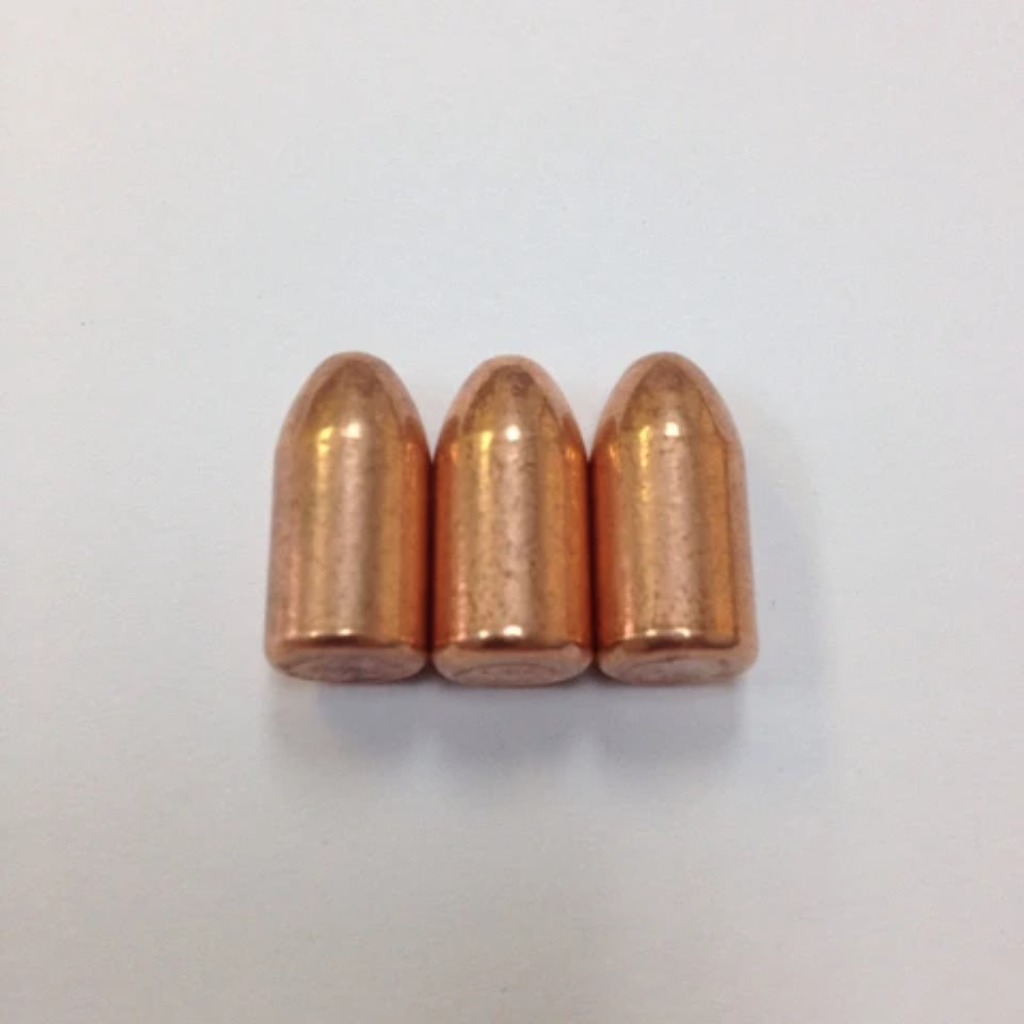
Total Metal Jacket (TMJ) bullets
Jacketed bullet
In this one, the lead section of the bullet is covered with copper. Due to this form of construction, the bullet penetrates into its target easier. In a bullet which has a Full Metal Jacket (FMJ), the lead at its base is exposed. On the other hand, a bullet that has a Total Metal Jacket (TMJ) is fully covered.
Hydra-Shok bullet
It has a hollow point and unique construction. Its anterior section is soft and gets deformed on impact. However, its posterior section is hard and retains its original shape.
Hydra-Shok bullet
Action 4 bullet
It has a hollow anterior point that is made of radiopaque material. The rest of this bullet is made of non fragmenting brass.
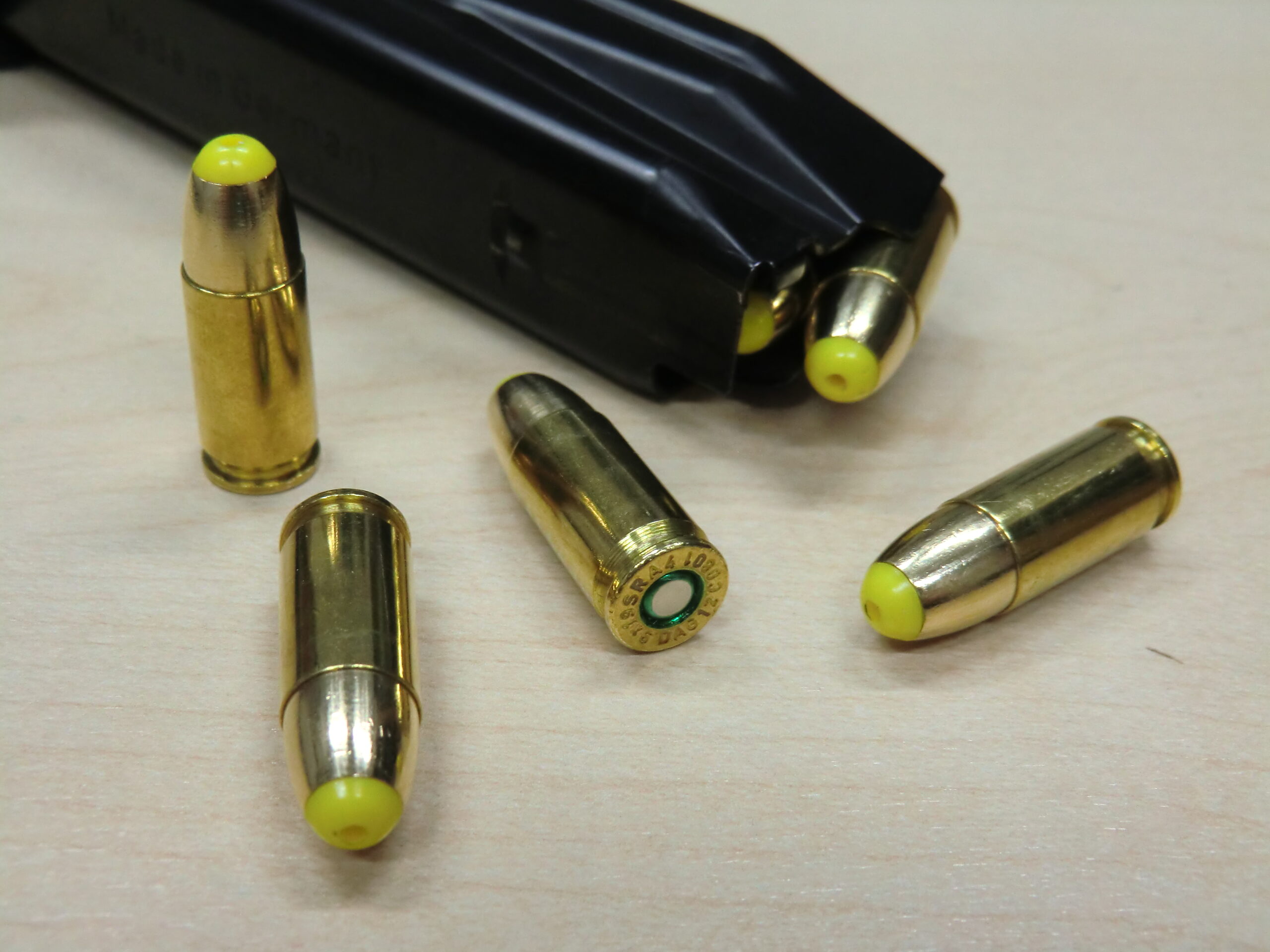
Action 4 bullets
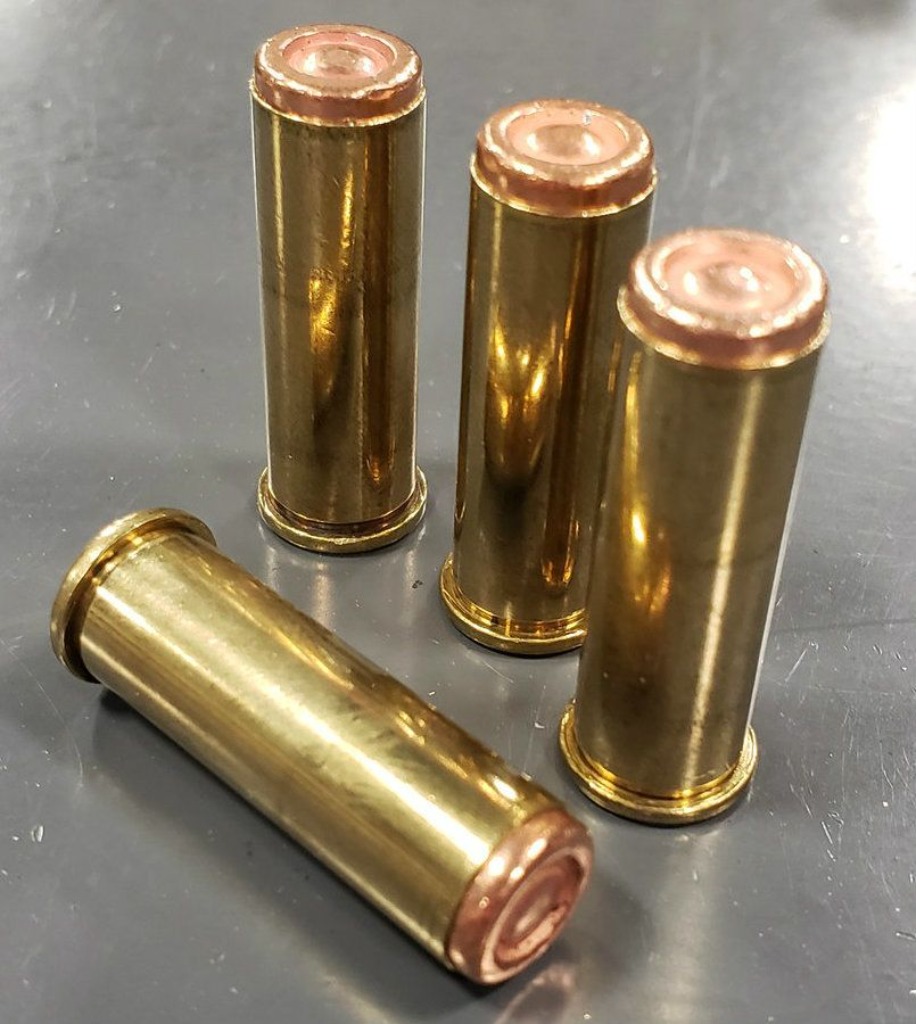
Wadcutter bullets
Wadcutter bullet
In a Wadcutter bullet, the anterior tip is flattened completely.
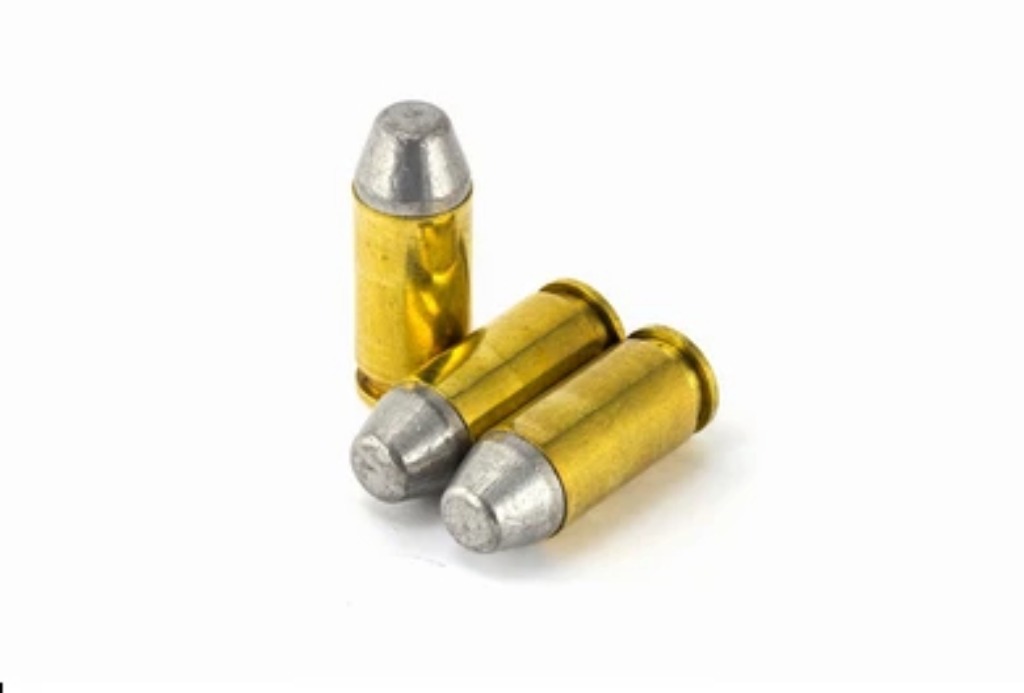
Semi-wadcutter bullets
Semi-wadcutter
In this type of bullet, the tip is flattened moderately. Notably, a semi-wadcutter can be made by moderately flattering a round nose or a hollow point bullet. As such, it is a hybrid type of bullet.
The Buttstock
Simply known as a butt, this is the part of a firearm that is held against the shoulder. The buttstock can be made of various types of materials. In past years, most stocks were made of wood. Today, they are made of materials such as composite plastic, metal and laminated wood.
Caliber
This is a popular way to categorize firearms. Caliber is the diameter of the barrel from land to land. It is expressed in hundredths of an inch for example .22 caliber or in millimeters for example 9mm.
Cartridge
Often referred to as a round, it is the compound container that is loaded into the firearm before firing. A cartridge is made up of a case, some primer, gunpowder and the bullet. Notably, the action of a firearm is made up of parts that work together to load or unload, fire and eject the empty cartridge.
Centerfire
Each cartridge contains some primer at the center of its base. This section is known as the centerfire. After the trigger is squeezed, the centerfire is struck by a firing pin from the firearm’s action thus causing an internal explosion which pushes the bullet out of the barrel towards its target.
Chamber
When a cartridge is loaded into the firearm, it is held within the chamber. This section keeps the bullet ready for firing.
Choke
Shotguns are equipped with a choke. This is a special feature at the muzzle of this firearm. It determines the pattern with which the bullet will fly towards its target. The choke promotes velocity and accuracy.
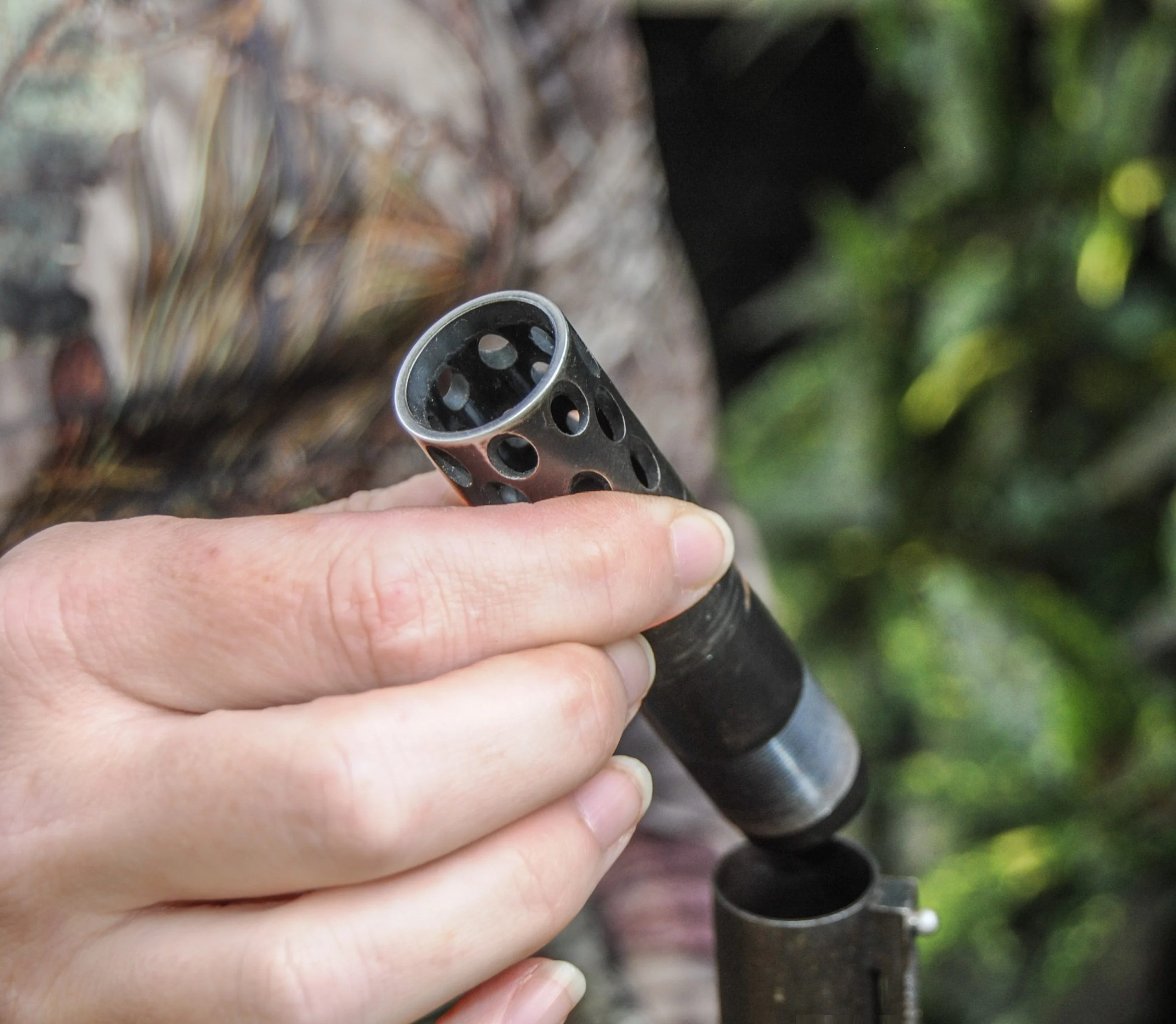
Choke
Compensator
Whenever a bullet is fired, gases, particulates and sound are produced. These should move forward and outward to protect the shooter. This safety is provided by a compensator. Also known as a muzzle brake, this section is positioned at the tip of the barrel. It directs the gases and particulates away from the shooter. This section also reduces the amount of recoil while minimizing the barrel’s rise. By performing these actions, the compensator is an important safety feature on firearms.
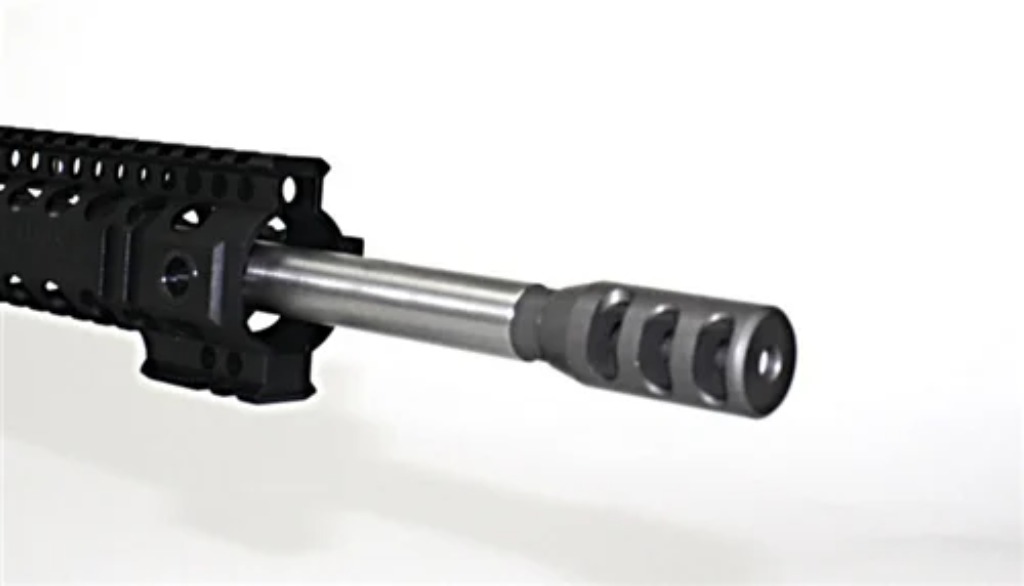
Compensator
Flash suppressor
After firing, burning gases are dispersed greatly as they exit the firearm’s muzzle. These gases burn and produce a blinding light that can distract the shooter. As such, a flash suppressor is attached to the muzzle of the firearm. It reduces the resultant light and enables the shooter to stay visually focused on their target.
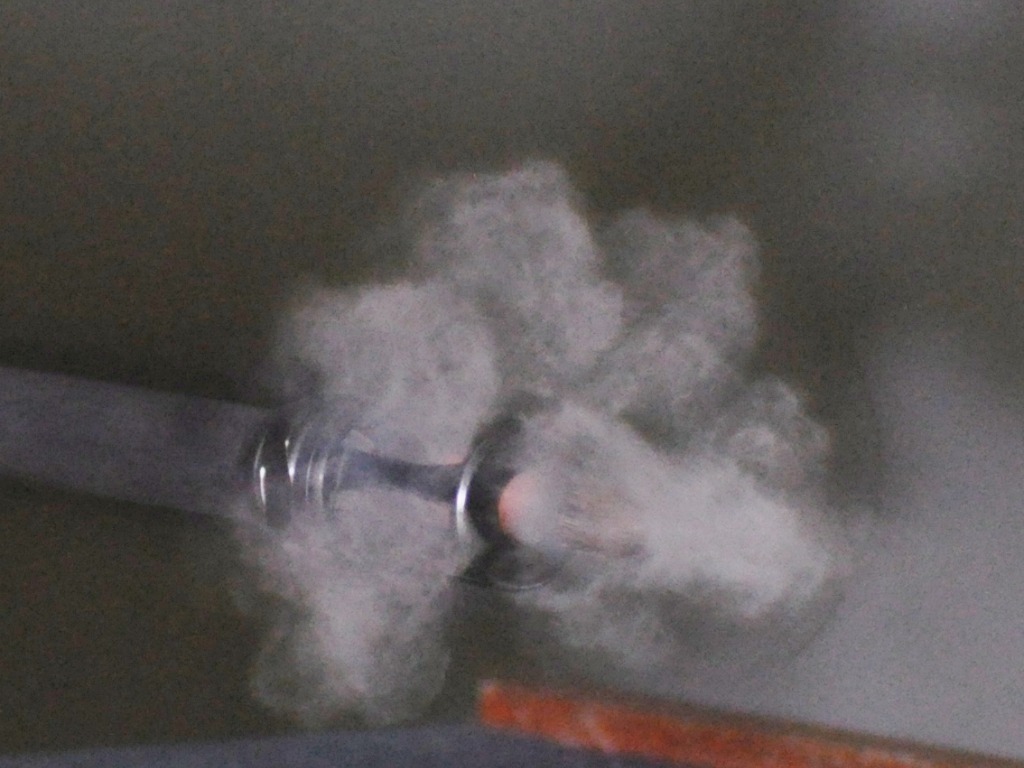
Flash suppressor
Gauge
A shotgun is often categorized according to its gauge. This is the diameter of its barrel in reference to the number of lead balls that can be fitted in its bore for the rifle to weigh one pound. According to this method of categorization, a shotgun can be described as 10 gauge or 12 gauge.
Hammer
Every firearm has a hammer. This is a metallic plate or rod. When the trigger is pulled, the hammer directs a firing pin to strike the cartridge primer and detonate the powder to fire the bullet.
Double-action
A firearm has a double-action mechanism when it cocks the hammer and fires when its trigger is pulled. Simply put, the action of a firearm is its method of operation.
Double-barrel
The double-barrel construction is often found in shotguns. It is where there are two barrels on the firearm. They can be situated side by side or one on top of the other.
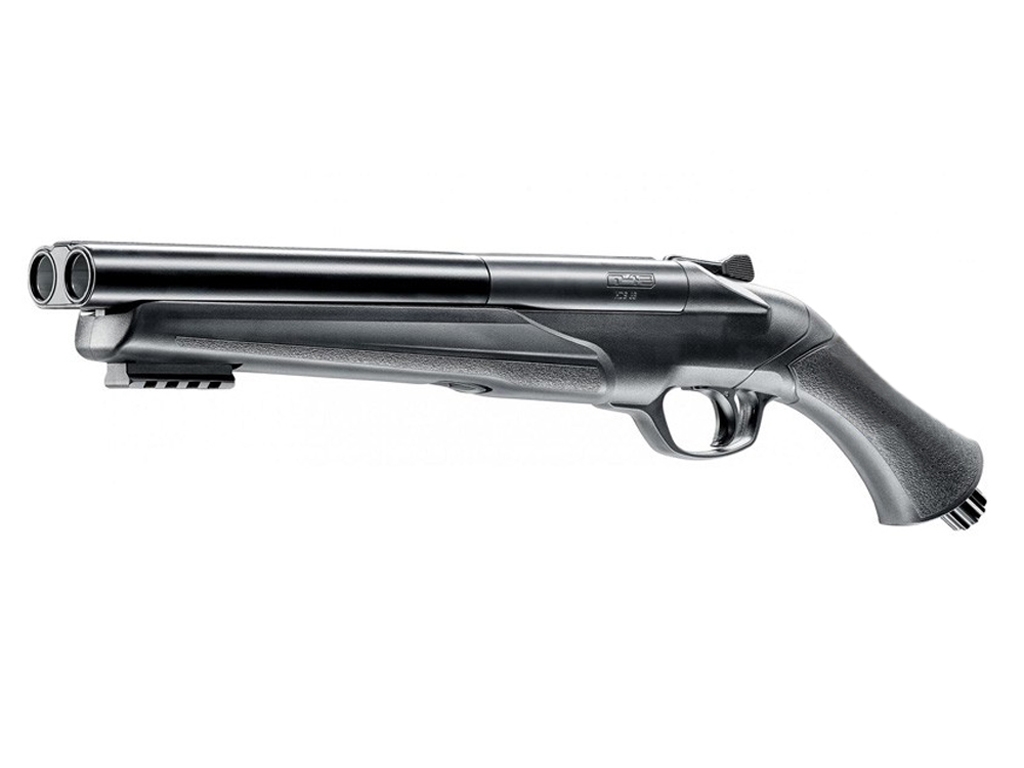
Double-barrel shotgun
Ignition
Every firearm uses a specific method of ignition. In the old days, muzzle-loaded firearms used percussion caps or flintlock ignition systems. Today, firearms use centerfire or rimfire primer ignition systems.
Magazine
A repeating firearm can load cartridges into its action automatically. These cartridges are stored inside a container that’s known as a magazine. It can be straight or curved in shape.
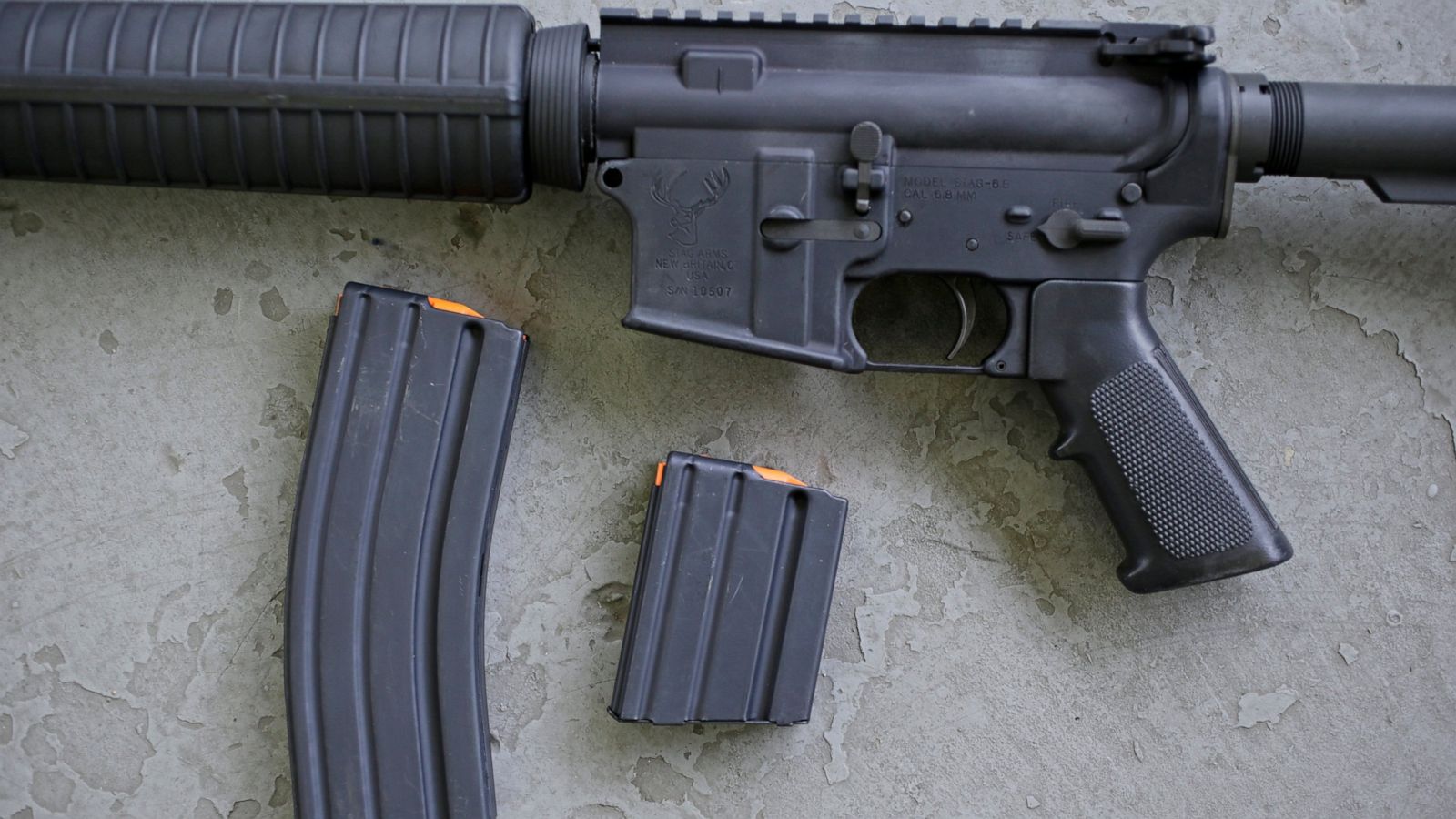
Magazine
Magnum cartridge
Shooters often want more energy to propel their bullets. Magnum cartridges are made for this purpose. They are improved versions of standard cartridges. While they have the same caliber and bullets as the standard versions, magnums have more gunpowder. This enables them to produce a bigger explosion after the trigger is pulled. As a result, the bullet is fired with much more energy. In shotguns, magnum cartridges give the shots more length and coverage.
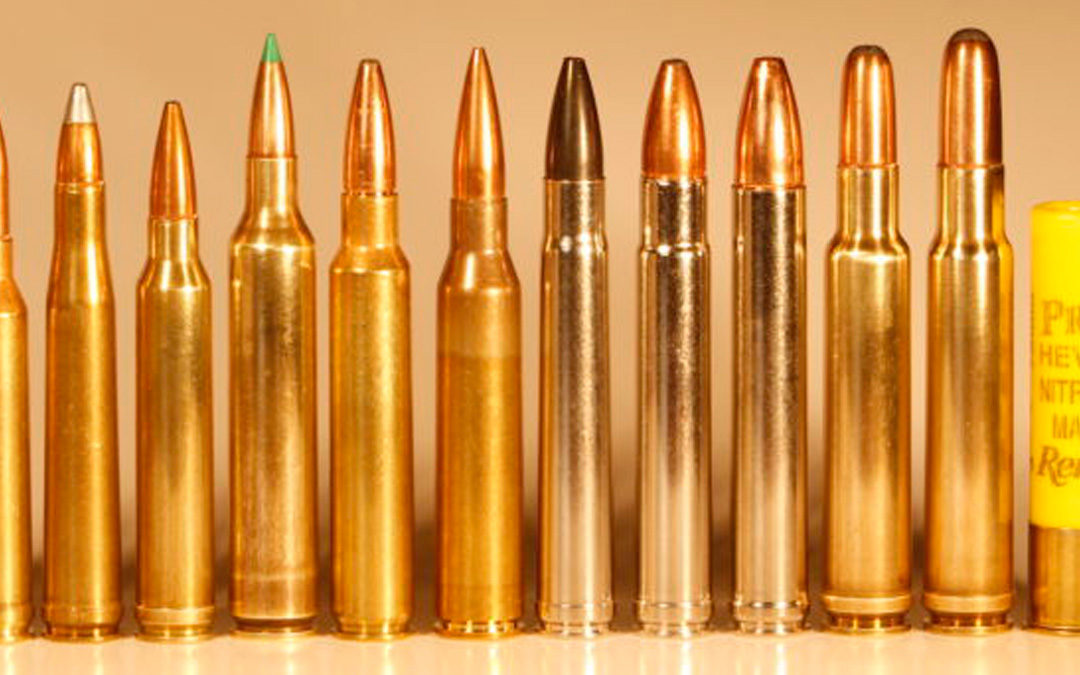
Magnum cartridges
Muzzle
This is the tip of the barrel through which the bullet emerges after firing.
Pistol
A handgun can have a revolving or a stationary cylinder. When its cylinder is fixed in position, the handgun is known as a pistol. Firearm owners should note that there are different pistol actions and different rifle actions.

Pistol
Ported barrel
A barrel can have some slots cut into the upper part of its muzzle. These slots release the gas that is produced after the bullet is fired. By releasing it, these slots reduce muzzle lift. A firearm that has been equipped with these slots is described as having a ported barrel.
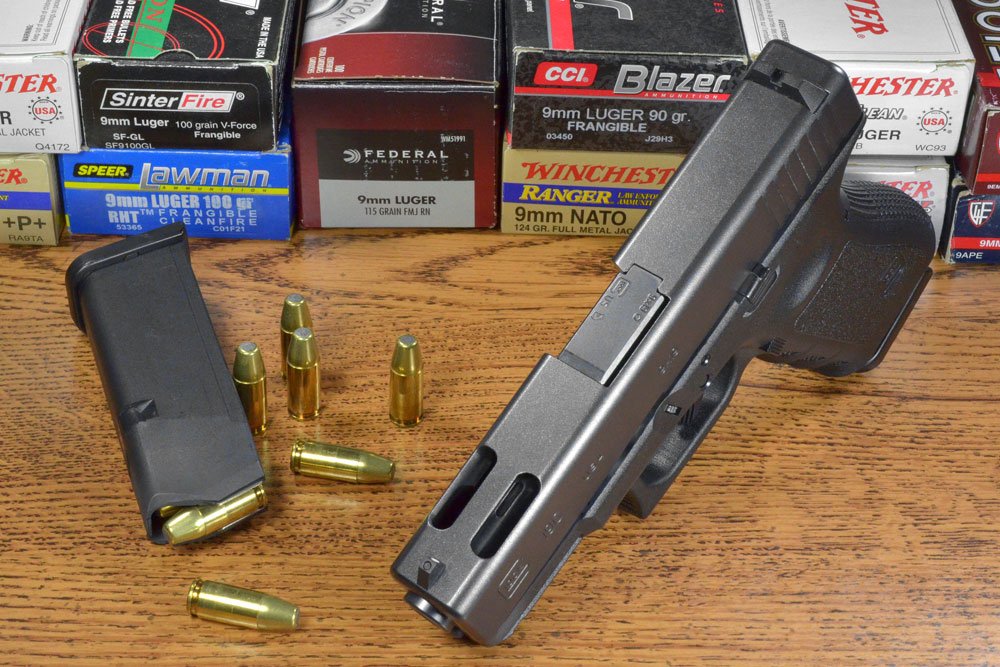
Ported barrel
Gunpowder
This is a special, volatile powder that is contained within cartridges. It was invented more than one thousand years ago and was originally made of sulfur, nitrate and charcoal. Modern gunpowder is stable, leaves very little residue in the barrel and has uniform quality throughout. Also, it is made of nitrocellulose flakes combined with volatile substances. Due to this unique mix, modern gunpowder is described as smokeless. It produces minimal smoke in comparison with early versions. Traditionally, gunpowder was called black powder. It was highly volatile and would ignite even at low temperatures or physical shock. Its grains were also irregularly sized and it left substantial residue after ignition. As a result, the barrel bore would have to be cleaned regularly. Nowadays, modern gunpowder has been improved such that it does not have these negative characteristics.
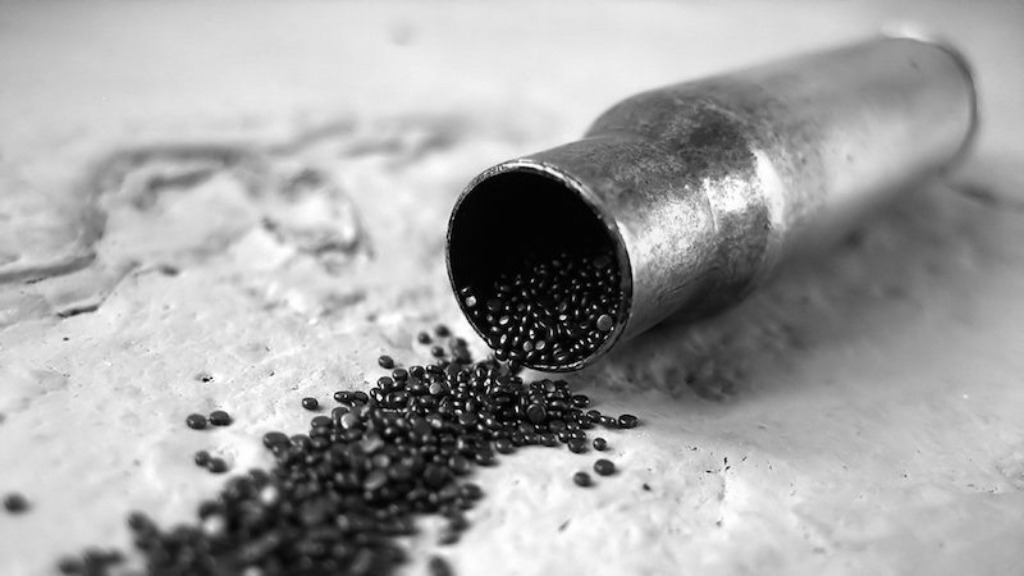
Gunpowder
Primer
Situated at the base of every cartridge, primer is a volatile substance that is struck by the hammer to ignite the gunpowder and fire the bullet. In regard to primer, cartridges have two approaches. One of these is the rimfire cartridge that contains the primer along the periphery of the base. The other is the centerfire cartridge which contains primer in a hole at the base.

Primer
Shotgun
This is a firearm which is characterized by a smoothbore and pump-action reloading. It also shoots cartridges that contain shot; a collection of small lead or steel pellets which serve as the projectiles. For those wondering what are two basic styles of firearm actions, some shotgun models implement a single-shot action while others implement a repeating action.
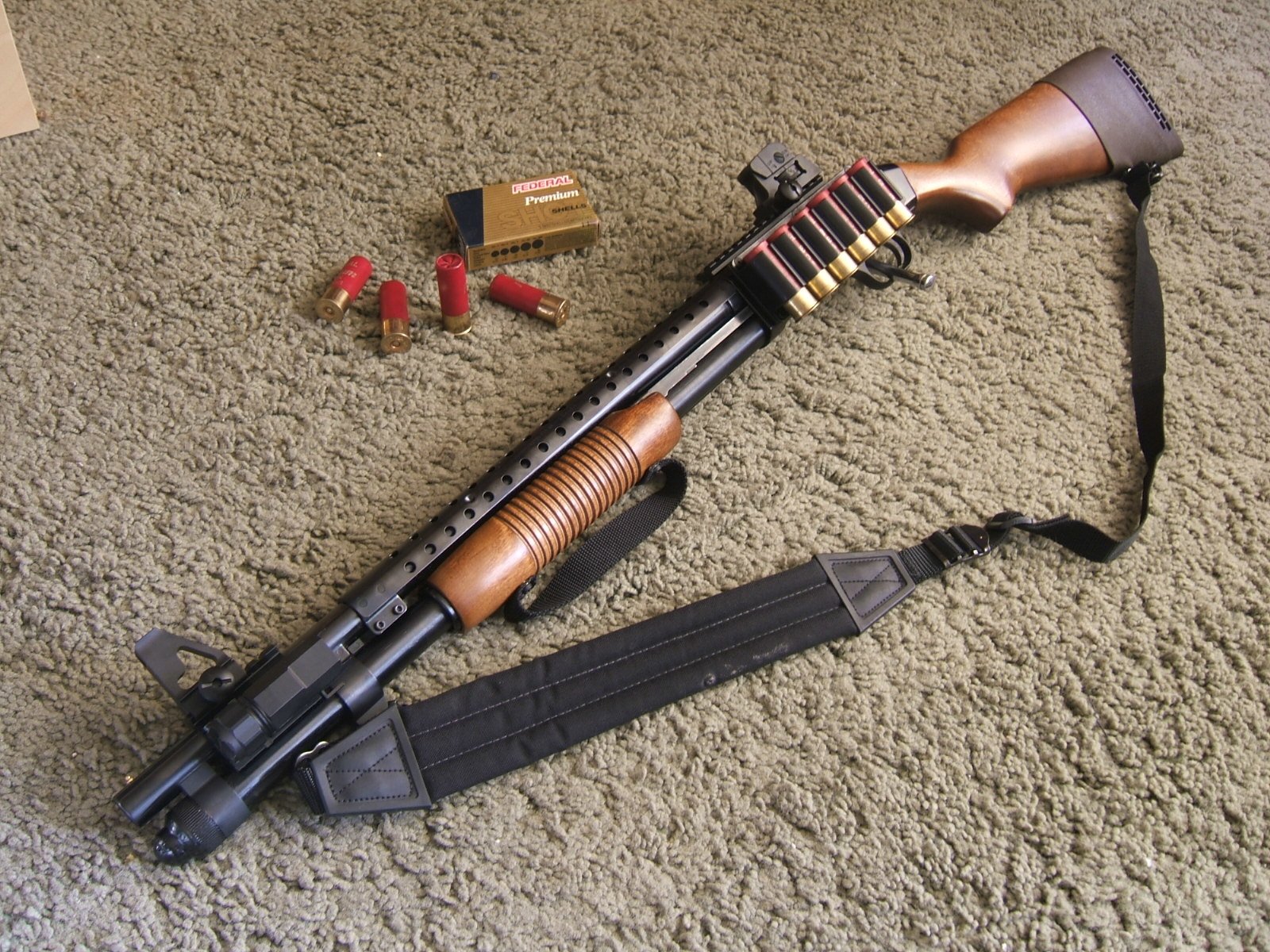
Shotgun
Sights
Firearms are fitted with a device along the top that help shooters to aim accurately before firing. This device is known as the sights. It can be improved using a scope for long distance, accurate shooting.
Safety
It is essential to handle, transport and interact with firearms in a safe way. To this effect, firearms are fitted with a safety. This mechanism prevents the action from firing even if the trigger is pulled.
Silencer
In some cases, the shooter might need to use a firearm in a stealthy way such that they avoid detection. To this effect, it is important to muffle the gunshot sound. A silencer is a device that can be fitted over the muzzle of the barrel to accomplish this. It works by baffling the ignition gases so that they don’t escape.
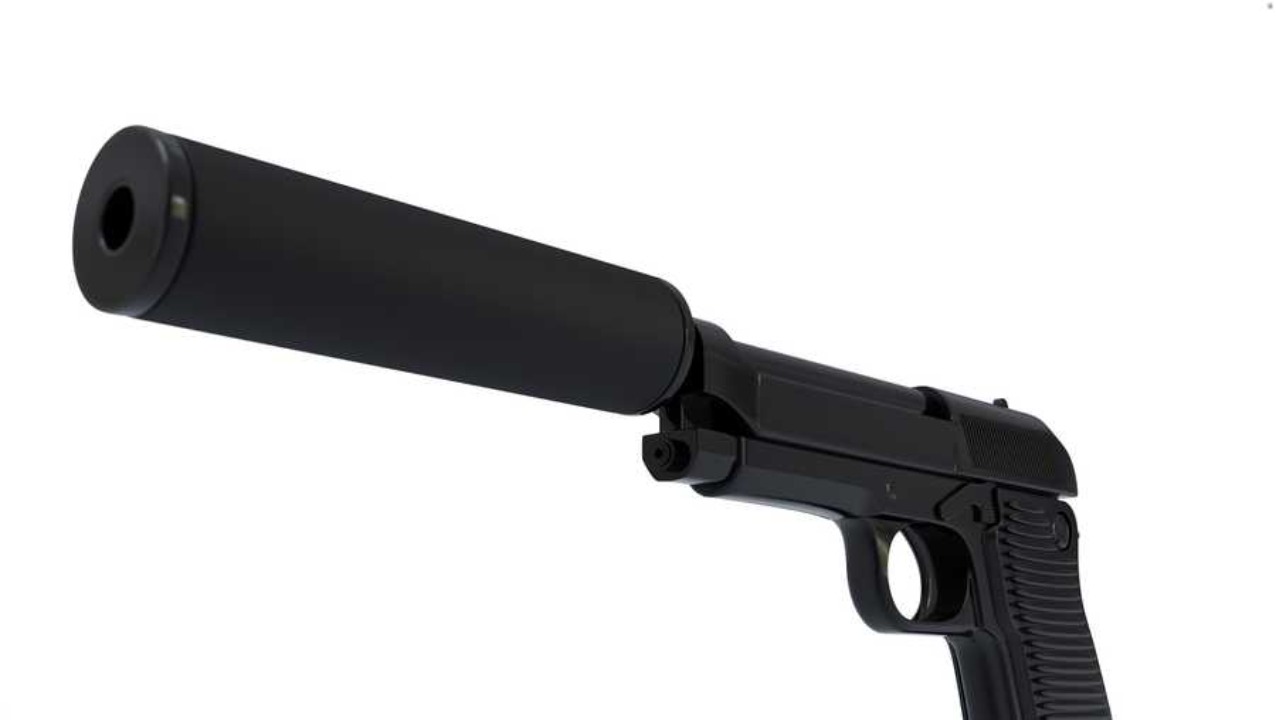
Silencer
How Is A Single Shot Firearm Different From A Repeating Firearm?
A single-shot firearm must be reloaded manually each and every time after firing. A repeating action firearm can reload itself automatically using shot shells or cartridges that are readily available in a magazine, extra barrel or cylinder.
Six Types Of Firearm Actions And Facts About Them
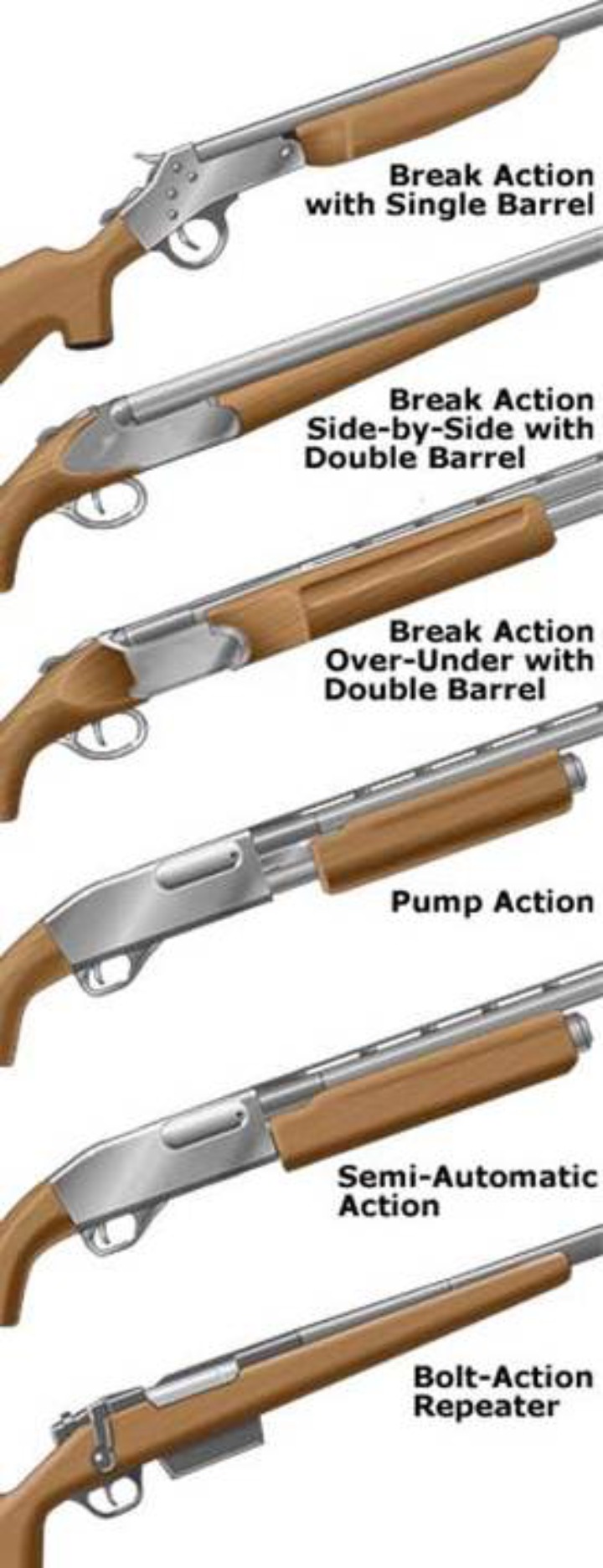
Firearm actions
Each one of the types of rifle actions requires a specific mechanism to operate effectively. Single-shot firearms use a break or a bolt-action mechanism.
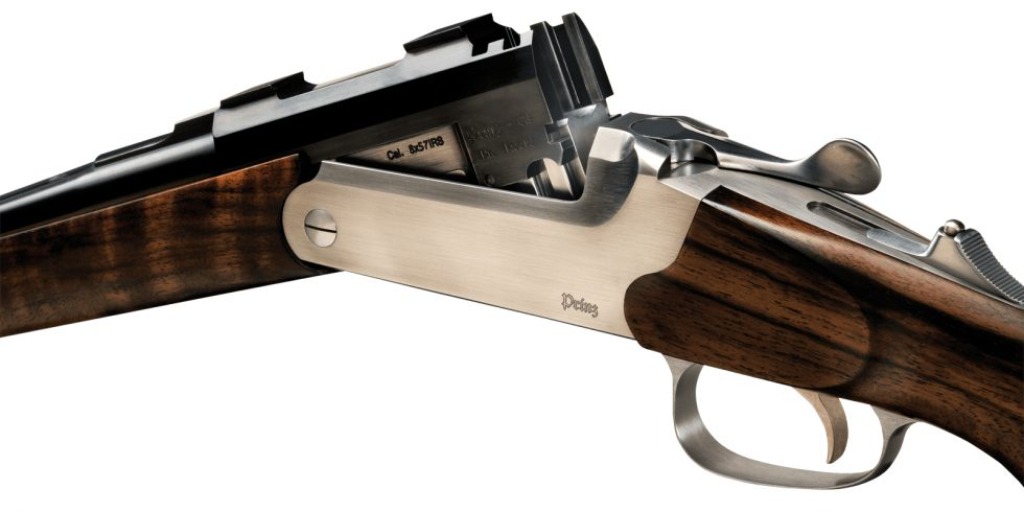
Prinz Waffen single-shot rifle
On the other hand, repeating firearms utilize pump-action, semi-automatic or lever action mechanisms. By activating a mechanism, the shooter can eject an empty cartridge, add a new round of ammunition into the chamber and cock the firearm.
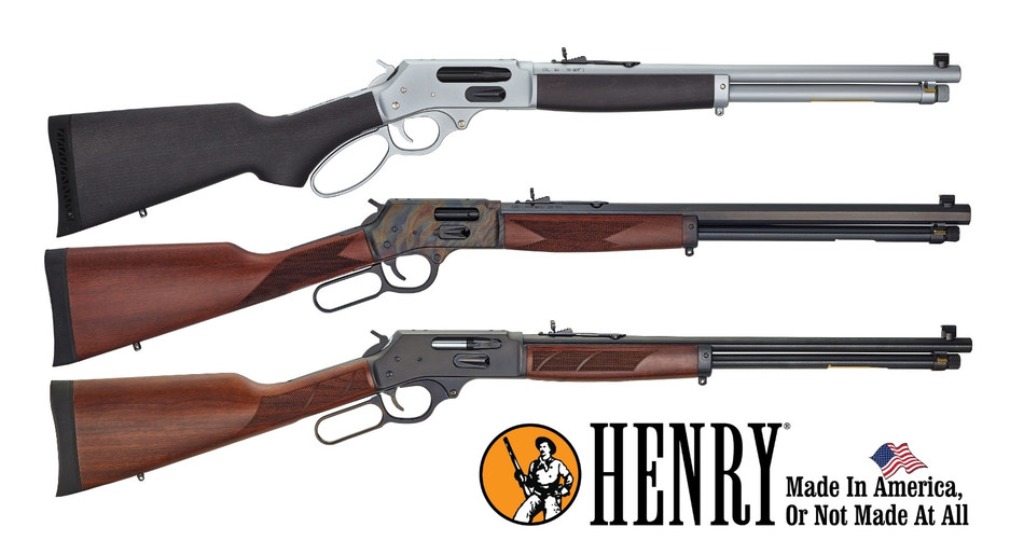
Henry repeating action rifles
Some interesting firearm facts are that lever-action firearms are very popular with hunters and they have been used for hunting from the 1860s up to date. Some popular lever-action rifles are the Winchester Model 1894 and the Marlin .30 calibre.
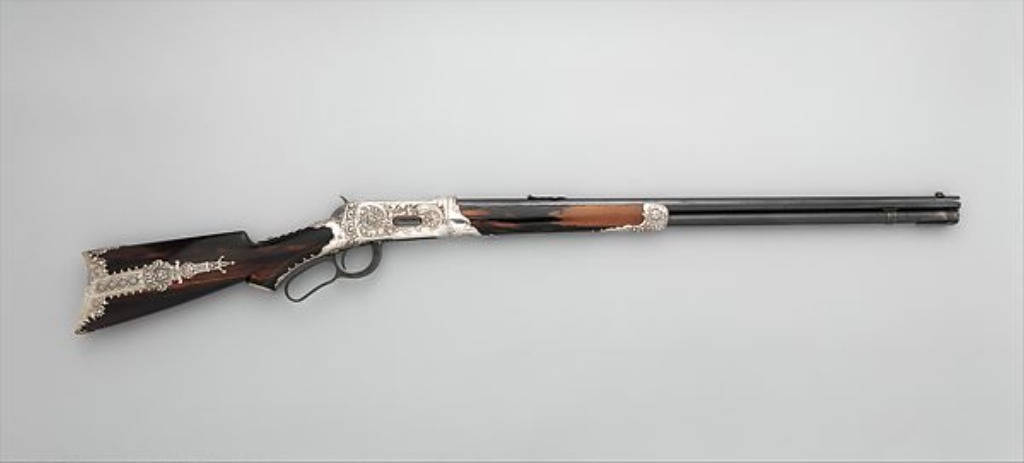
Winchester Model 1894 Lever-Action Rifle
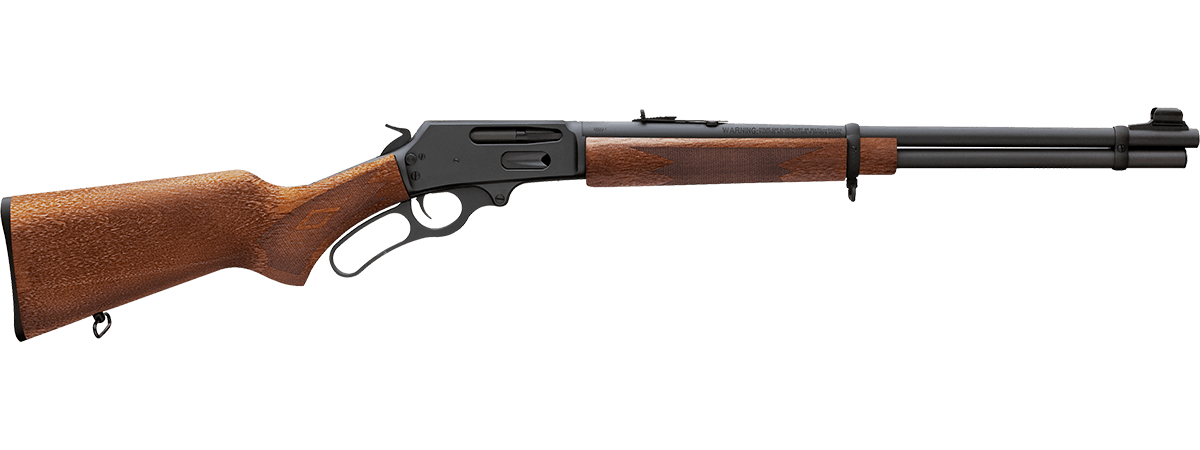
Marlin .30 calibre Lever-Action Rifle
As a matter of fact, these two rifles have killed more deer than all other types of rifles combined!
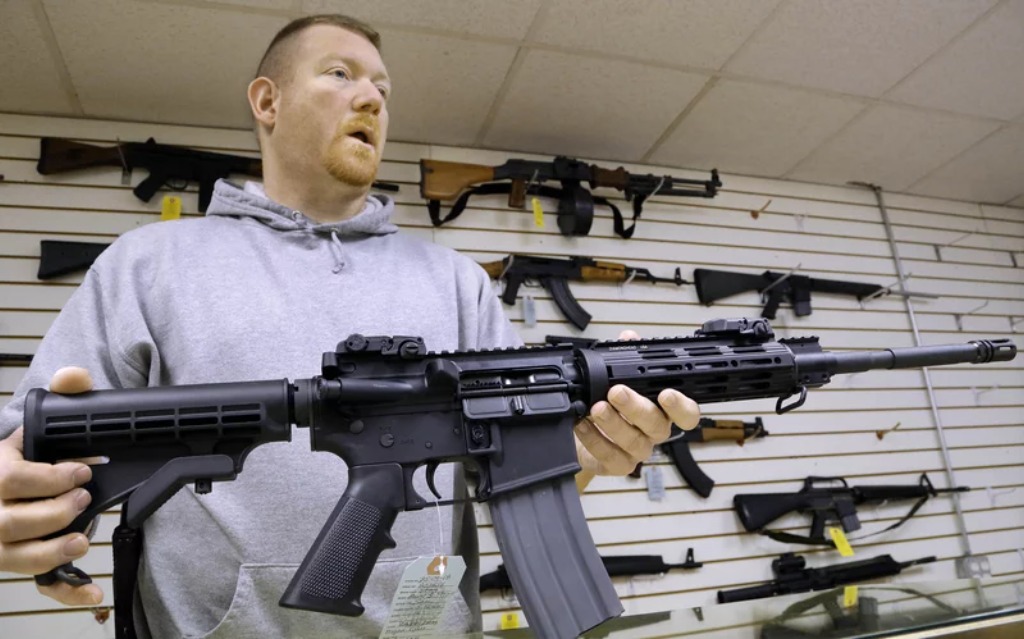
AR-15 rifle
The AR style rifle is a semi-automatic action firearm that has become very popular in modern sporting activity. Its design allows the shooter to add a huge variety of accessories to its rack for example a scope, flashlight, compass, laser beam and much more. To answer the question; what are the two basic styles of firearm actions? All firearm actions are divided into two conclusive categories which are the single-shot action and repeating action.
Gun Action Types And Tips On How To Maintain A Firearm
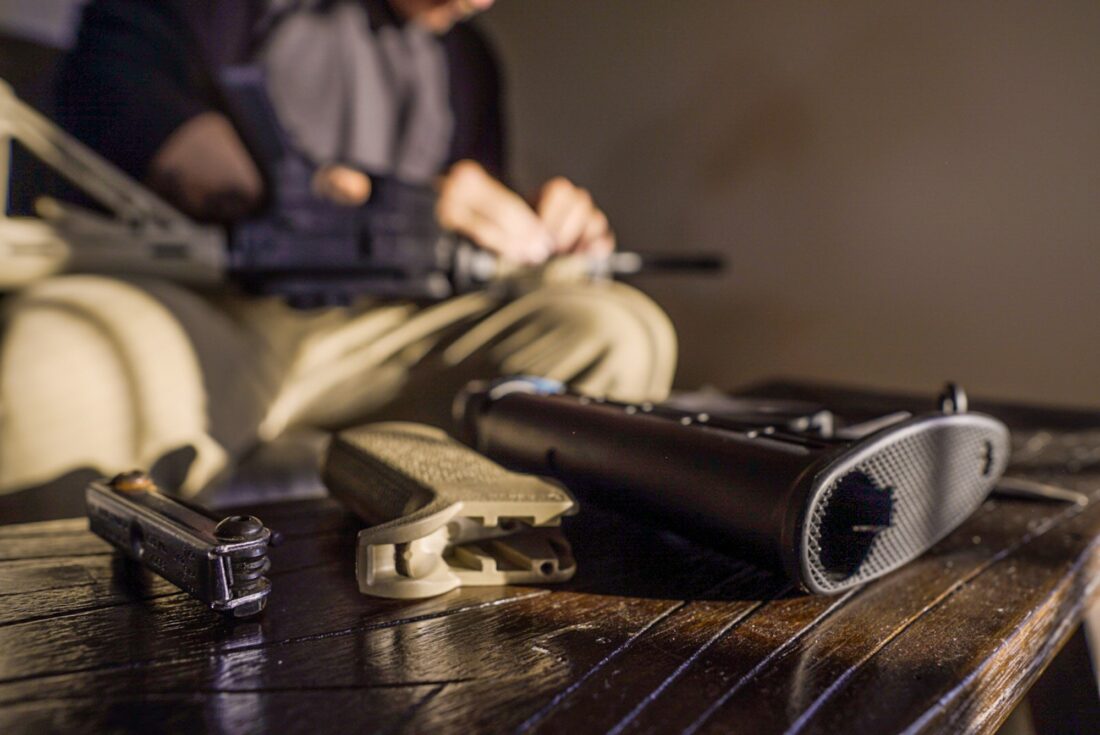
Firearm maintenance
Read Its Manual
Reading the manual of a newly acquired firearm can prove to be the difference between life and death. This manual describes the various parts of a firearm, how to arm it as well as the process of disarming it. The manual also reveals how to keep the firearm in proper working order. Brand new firearms come with manuals from the manufacturer. After purchasing a used firearm, the manual can be sourced from its previous owner.
Understand Its Action
The two most basic types of firearm action include the single-shot action and the repeating action. Many potential shooters wonder how is a single-shot firearm different from a repeating firearm? The single-shot firearm must be reloaded every time after firing while the repeating firearm reloads itself automatically from an attached magazine.
Use The Correct Materials To Clean The Firearm
When cleaning a firearm, it is essential to use the correct products to clean it. There are specific oils, fluids and lubricants that should be used to clean a firearm. They enable it to keep operating even under conditions of extreme heat, friction, high-speed movements and rust. Therefore, owners must clean their firearms with the recommended products.
Keep It Unloaded
Whenever a firearm is not in use, it should be kept unloaded. This is especially for safety purposes. In case one is storing a firearm for a long time, the magazine needs to be changed every 4 to 6 months. The firearm should also be operated at the range every 4 to 6 weeks.
Firearms Need To Be Checked Before And After Use
Every firearm should be checked before and after it has been used. It should not sit in the holster for days unchecked. This is because the firearm can become clogged with lint, rust or debris. Firearms that are regularly used should also be checked at the end of every day. On the other hand, those that sit in the car or gun safe need to be checked once every week.
Add Some Light Grease To The Moving Parts
It is essential to make sure that all moving parts of a firearm operate smoothly. To this effect, owners should add a light layer of anti-corrosion grease to the moving parts. While doing so, the brand of this oil must be compatible with the specific firearm.
Firearm Actions FAQs
Q: How can one acquire a permit to buy a firearm?
A: To get a firearm permit, an application must be made at your local police department.
Q: Is fingerprinting necessary for all applications to buy a firearm?
A: Fingerprinting is only necessary when applying for an initial Permit to Purchase a Handgun or an initial Firearms Purchaser Identification Card.
Q: Which is the best way to transport firearms?
A: A firearm must be transported when unloaded. It must also be placed in a locked case, secure package, gunbox, portable gun safe or the trunk of an automobile.
Q: Who is prohibited from owning a firearm?
A: As defined by 18 U.S.C. § 921(a)(20), anyone who has been convicted of a crime that was punishable by imprisonment for a term that exceeds one year is prohibited from owning a firearm.
Q: Can I manufacture my own firearms using 3D printing technology?
A: Yes, a person can legally make their own firearm using 3D printing technology. If they wish to do so commercially, they must first get a license from the Bureau of Alcohol, Tobacco, Firearms and Explosives (ATF).
Q: Is a firearm illegal if it has been manufactured entirely out of plastic?
A: Yes. As described in 18 U.S.C. 922(p), it is illegal for anyone to manufacture, import, sell, ship, deliver, possess, transfer, or receive any firearm if after the removal of stock, magazine and grip, the action and barrel cannot be detected by walk-through metal detectors or x-ray machines.
2 Basic Styles Of Firearm Actions Conclusion
The two basic styles of firearm action include single-shot action and repeating action. For a single-shot firearm, it must be reloaded in a manual way after taking each shot. On the other hand, a repeating action firearm can automatically reload itself. The cartridges for a repeating action firearm are held in an attached magazine. A rule of thumb when handling firearms is that safety always comes first. Also, strive to understand how is a single shot different from a repeating firearm and identify the action of your firearm.
Table of Contents
- 1 2 Basic Styles Of Firearm Actions Explained
- 2 Firearm Actions Related Terminologies
- 2.1 Barrel
- 2.2 Bore
- 2.3 Lands and grooves
- 2.4 Breech
- 2.5 Bullet
- 2.6 Round-nose bullet
- 2.7 Jacketed bullet
- 2.8 Hydra-Shok bullet
- 2.9 Action 4 bullet
- 2.10 Wadcutter bullet
- 2.11 Semi-wadcutter
- 2.12 The Buttstock
- 2.13 Caliber
- 2.14 Cartridge
- 2.15 Centerfire
- 2.16 Chamber
- 2.17 Choke
- 2.18 Compensator
- 2.19 Flash suppressor
- 2.20 Gauge
- 2.21 Hammer
- 2.22 Double-action
- 2.23 Double-barrel
- 2.24 Ignition
- 2.25 Magazine
- 2.26 Magnum cartridge
- 2.27 Muzzle
- 2.28 Pistol
- 2.29 Ported barrel
- 2.30 Gunpowder
- 2.31 Primer
- 2.32 Shotgun
- 2.33 Sights
- 2.34 Safety
- 2.35 Silencer
- 2.36 How Is A Single Shot Firearm Different From A Repeating Firearm?
- 2.37 Six Types Of Firearm Actions And Facts About Them
- 2.38 Read Its Manual
- 2.39 Understand Its Action
- 2.40 Use The Correct Materials To Clean The Firearm
- 2.41 Keep It Unloaded
- 2.42 Firearms Need To Be Checked Before And After Use
- 2.43 Add Some Light Grease To The Moving Parts
- 2.44 Q: How can one acquire a permit to buy a firearm?
- 2.45 Q: Is fingerprinting necessary for all applications to buy a firearm?
- 2.46 Q: Which is the best way to transport firearms?
- 2.47 Q: Who is prohibited from owning a firearm?
- 2.48 Q: Can I manufacture my own firearms using 3D printing technology?
- 2.49 Q: Is a firearm illegal if it has been manufactured entirely out of plastic?
- 3 2 Basic Styles Of Firearm Actions Conclusion

